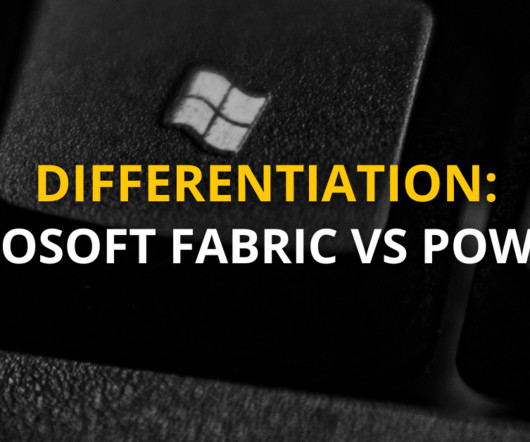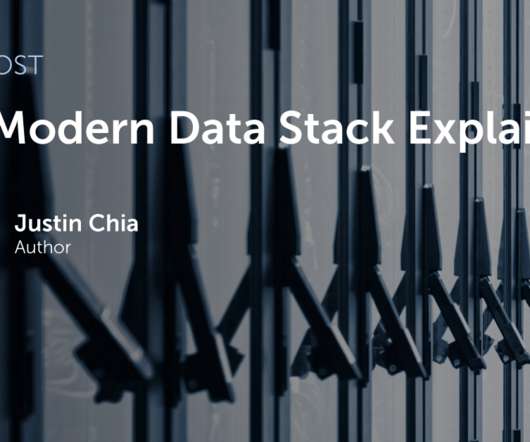Differentiation: Microsoft Fabric vs Power BI
Pickl AI
DECEMBER 16, 2024
Summary : Microsoft Fabric is an end-to-end Data Analytics platform designed for integration, processing, and advanced insights, while Power BI excels in creating interactive visualisations and reports. Key Takeaways Microsoft Fabric is a full-scale data platform, while Power BI focuses on visualising insights.












Let's personalize your content